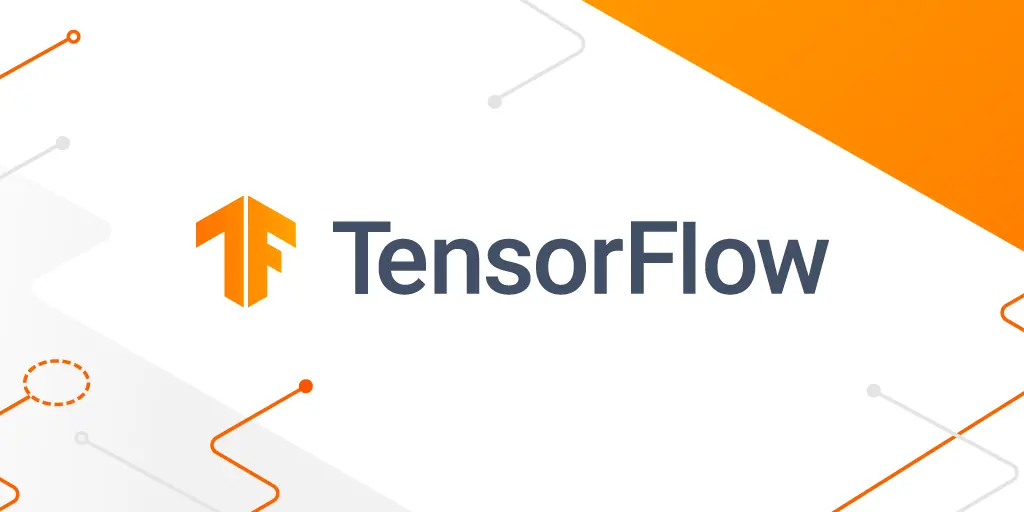.jpeg)
The Future of Artificial Intelligence: Key Trends Shaping the AI Landscape
Artificial Intelligence (AI) is no longer a futuristic concept—it is a transformative force reshaping industries, societies, and the way we live and work. From powering virtual assistants to enabling self-driving cars, AI has become an integral part of modern life. As we look ahead, several key trends are emerging that will define the next phase of AI development.
1. Generative AI and Multimodal Models
Generative AI, especially models like ChatGPT, Midjourney, and others, is revolutionizing creativity and productivity. These models can generate human-like text, images, music, and even code. The rise of multimodal AI—systems capable of processing and generating different types of data such as text, image, and audio simultaneously—is paving the way for more natural and versatile human-computer interactions.
2. AI Democratization
The barriers to accessing powerful AI tools are rapidly diminishing. Open-source models and user-friendly platforms are enabling startups, students, and small businesses to harness AI without deep technical expertise. This democratization will lead to widespread innovation across sectors, especially in education, healthcare, and small-scale manufacturing.
3. Edge AI and On-Device Processing
With the growth of IoT and smart devices, AI is moving from the cloud to the edge. Edge AI allows devices to process data locally, reducing latency, enhancing privacy, and improving efficiency. This is crucial for real-time applications such as autonomous vehicles, smart cameras, and wearable health monitors.
4. Responsible and Ethical AI
As AI becomes more powerful, concerns about bias, fairness, transparency, and misuse are growing. In response, governments and organizations are investing in AI ethics frameworks, regulations, and transparent model development. Explainable AI (XAI) is also gaining traction, aiming to make AI decisions more understandable and trustworthy.
5. AI in Healthcare and Life Sciences
AI is playing a pivotal role in drug discovery, medical imaging, diagnostics, and personalized medicine. By analyzing large datasets, AI can identify patterns and insights that were previously impossible to detect. The COVID-19 pandemic accelerated AI adoption in healthcare, and this momentum is expected to continue.
6. AI-Augmented Workforce
Rather than replacing humans, AI is increasingly viewed as a tool to augment human capabilities. From virtual assistants and co-pilots in software to AI-powered research tools, the technology is enhancing productivity, reducing repetitive tasks, and enabling workers to focus on more strategic and creative efforts.
7. Continued Advancement in AI Hardware
The development of specialized AI chips (such as GPUs, TPUs, and neuromorphic processors) is accelerating the performance of AI systems. These advances allow for faster training, more efficient inference, and lower energy consumption, making AI applications more accessible and scalable.
Conclusion
The evolution of AI is marked by rapid progress, widespread adoption, and growing awareness of ethical implications. As we move forward, the focus will not only be on making AI more powerful but also on making it more human-centered, responsible, and beneficial to society. Those who embrace these trends early will be better positioned to thrive in the AI-powered future.
Comments (0)
Categories
Recent posts

.jpeg)




